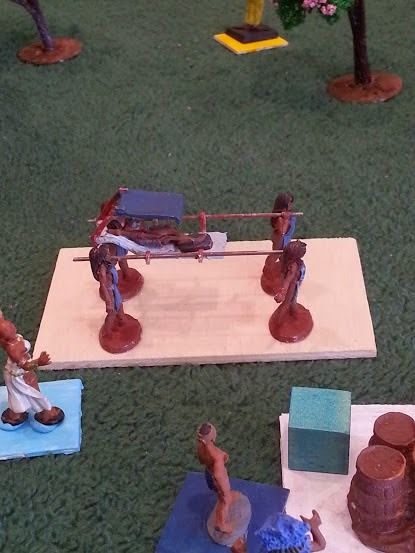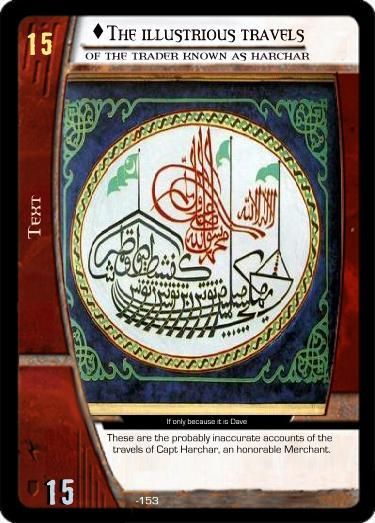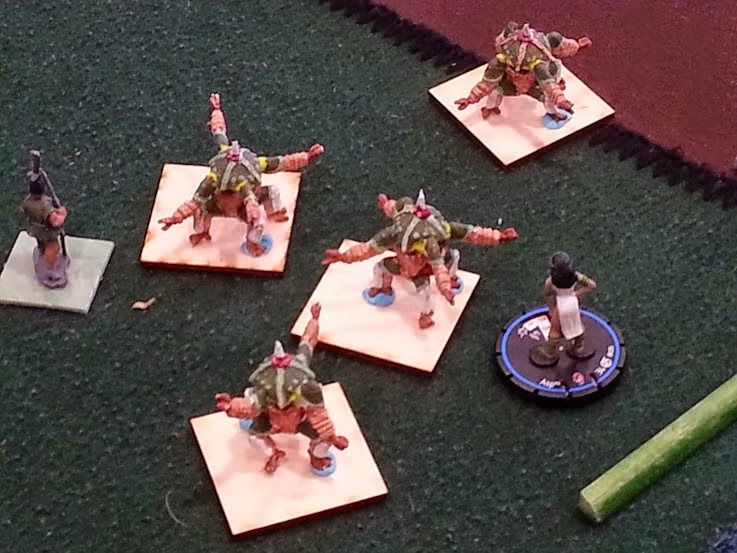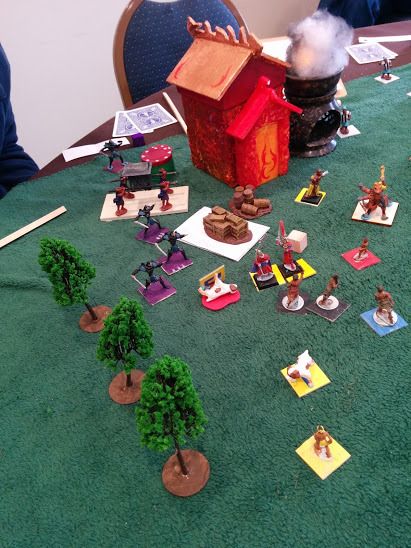Drugs
Artifacts
Texts
And they also had to acquire buttons, from soldiers of various levels of status. The value of the cards was generally based upon their rarity. The players were given 20 coins (chips) and they were the limit of their spending. Their Victory points were the total of all items they acquired.
The market had terrain, but also a number of NPCs of various social rank. The players were all of High clans and each had a bit of background telling them why they were competing and what their personal stakes were.
I used SOBH rules. They are a very simple and elegant miniatures skirmish rules set, but not really meant for a race. Normally there are only two stats per figure, plus special rules. They are Quality (Q) which determines how easily the unit can be activated, and how well it does non combat stuff, and Combat (C) which determines how good they are at fighting. I added a stat for Status (S) for social challenges, making it possible for them to stair down a superior, or be ignored by an inferior. I was surprised that the figures that used it most were the guards.
The role of the figures was intended to be
Guards could clear paths by moving NPCs along, they could be used to defend against, or attack others, and some players tried to use them to negotiate with NPCs. The guys with purple bases left, are guards. In this shot, they just killed a dog that wouldn't move. Dogs don't care much for social status.
 Runners had a singular use, which proved a bit less valuable than I expected. They were intended to scout various piles of cards, and report back on the relative value of items in the pile. When a runner reached a merchant, they would leave a token, representing the fact that they had been there. Then when they returned to the palanquin, the player could look at that pile and decide if they wanted to go over there to buy something.
Runners had a singular use, which proved a bit less valuable than I expected. They were intended to scout various piles of cards, and report back on the relative value of items in the pile. When a runner reached a merchant, they would leave a token, representing the fact that they had been there. Then when they returned to the palanquin, the player could look at that pile and decide if they wanted to go over there to buy something.
Palanquins represented the player. They had to travel to merchant shops or stalls to acquire goods. They were the highest status figure in the players retinue. To the right was the player who worshiped Dilinala. You can also see a wooden token indicating that her runner (blue) has been here, and her runner on a blue base.



